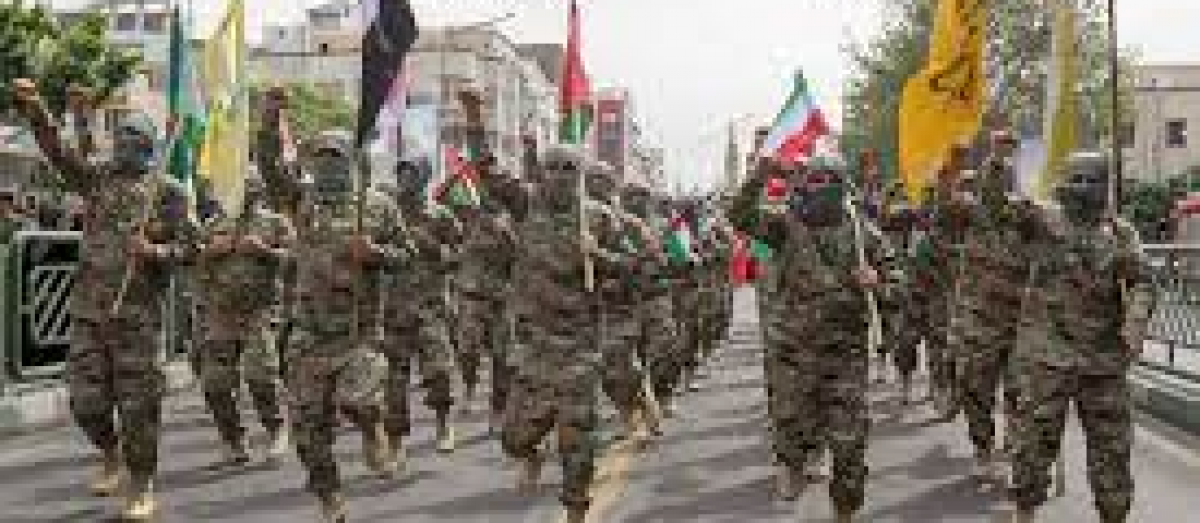
The diplomatic relationship between Iran and the United States has been marred by a history of broken agreements and betrayals, creating a deep well of mistrust on the Iranian side. To comprehend Iran’s skepticism towards the U.S., it’s crucial to examine historical instances where agreements were abandoned or undermined, further complicating an already intricate geopolitical dynamic.
1. Overthrow of Prime Minister Mossadegh (1953): A Pivotal Turning Point
One of the earliest and most pivotal events shaping Iran’s mistrust was the covert operation orchestrated by the U.S. and the UK to overthrow Iran’s democratically elected Prime Minister, Mohammad Mossadegh, in 1953. The operation aimed to protect Western oil interests but resulted in the installation of Mohammad Reza Shah Pahlavi, a move that laid the foundation for decades of authoritarian rule and sowed the seeds of anti-American sentiment.
2. Support for the Shah’s Regime: A Faustian Bargain
The U.S. played a significant role in supporting the oppressive regime of the Shah, turning a blind eye to widespread human rights abuses and stifling political dissent. The close alliance with the Shah, despite glaring human rights violations, became a symbol of Washington’s selective commitment to democratic values.
3. Abandonment of the Iran Nuclear Deal (JCPOA): A Contemporary Betrayal
In 2015, Iran, along with major world powers, signed the Joint Comprehensive Plan of Action (JCPOA), a landmark agreement aimed at curbing Iran’s nuclear program in exchange for sanctions relief. The JCPOA represented a diplomatic breakthrough, but in 2018, the U.S. unilaterally withdrew from the deal under the Trump administration. This departure shattered the trust painstakingly built during negotiations and left Iran questioning the reliability of U.S. commitments.
4. Imposition of Sanctions: Escalating Economic Warfare
Following the withdrawal from the JCPOA, the U.S. reimposed and escalated economic sanctions on Iran, targeting various sectors of its economy. The impact has been severe, exacerbating economic challenges and fueling the perception that the U.S. is willing to employ coercive measures at the expense of diplomacy.
5. Escalation of Military Presence: Heightening Security Concerns
The U.S. military presence in the Middle East, particularly in nations surrounding Iran, has been a persistent source of anxiety for the Iranian leadership. The history of military interventions in the region has contributed to a perception of encirclement and heightened security concerns on Iran’s part.
6. Mixed Messaging and Policy Inconsistencies: Adding to Uncertainty
U.S. foreign policy towards Iran has often been marked by inconsistencies and mixed messaging. Shifts in administrations bring changes in rhetoric and approach, creating an atmosphere of uncertainty that further erodes trust.
Conclusion: A Legacy of Broken Promises
Iran’s skepticism towards the United States is deeply rooted in a historical narrative marked by broken promises, covert interventions, and perceived betrayals. The events of the past, coupled with contemporary developments such as the withdrawal from the JCPOA, have contributed to a complex diplomatic landscape. Rebuilding trust requires a sustained commitment to dialogue, consistent policies, and a genuine effort to address historical grievances. In exploring the Iranian perspective, it becomes evident that repairing the fractured relationship necessitates acknowledging and redressing the wounds of the past.




